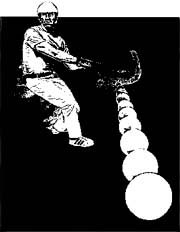 Tiger's Jai-Alai Chalk Talk
Tiger's Jai-Alai Chalk Talk

Discussion forum for Jai-Alai Heaven
Foro de la discusión para el Cielo de Cesta Punta
Forum de discussion pour le Paradis de Pelote Basque
hits since 8/12/03
Chalk Talk Registration
Participación en Chalk Talk
 OneStop Entries, Results, Statistics
Magic City Scratches
OneStop Entries, Results, Statistics
Magic City Scratches
Hall of Fame "Question of the Week" Archive
Replies:
There have been no replies.
You must register before you can post on this board. You can register here.
Do you want to post on Chalk Talk?
In order to post your own messages on Chalk Talk, you must first register as a member.
Do NOT use the link above the posting box that says 'You must register ... register here'. It will not work.
Please report problems/questions directly to the Den - E-mail: rsbassociates at mindspring dot com
Tiger's Jai-Alai Chalk Talk logos, format and graphics copyright © 2003-2025 by RSB Associates
<--
-->
 Tiger's Jai-Alai Chalk Talk
Tiger's Jai-Alai Chalk Talk

 OneStop Entries, Results, Statistics
Magic City Scratches
OneStop Entries, Results, Statistics
Magic City Scratches